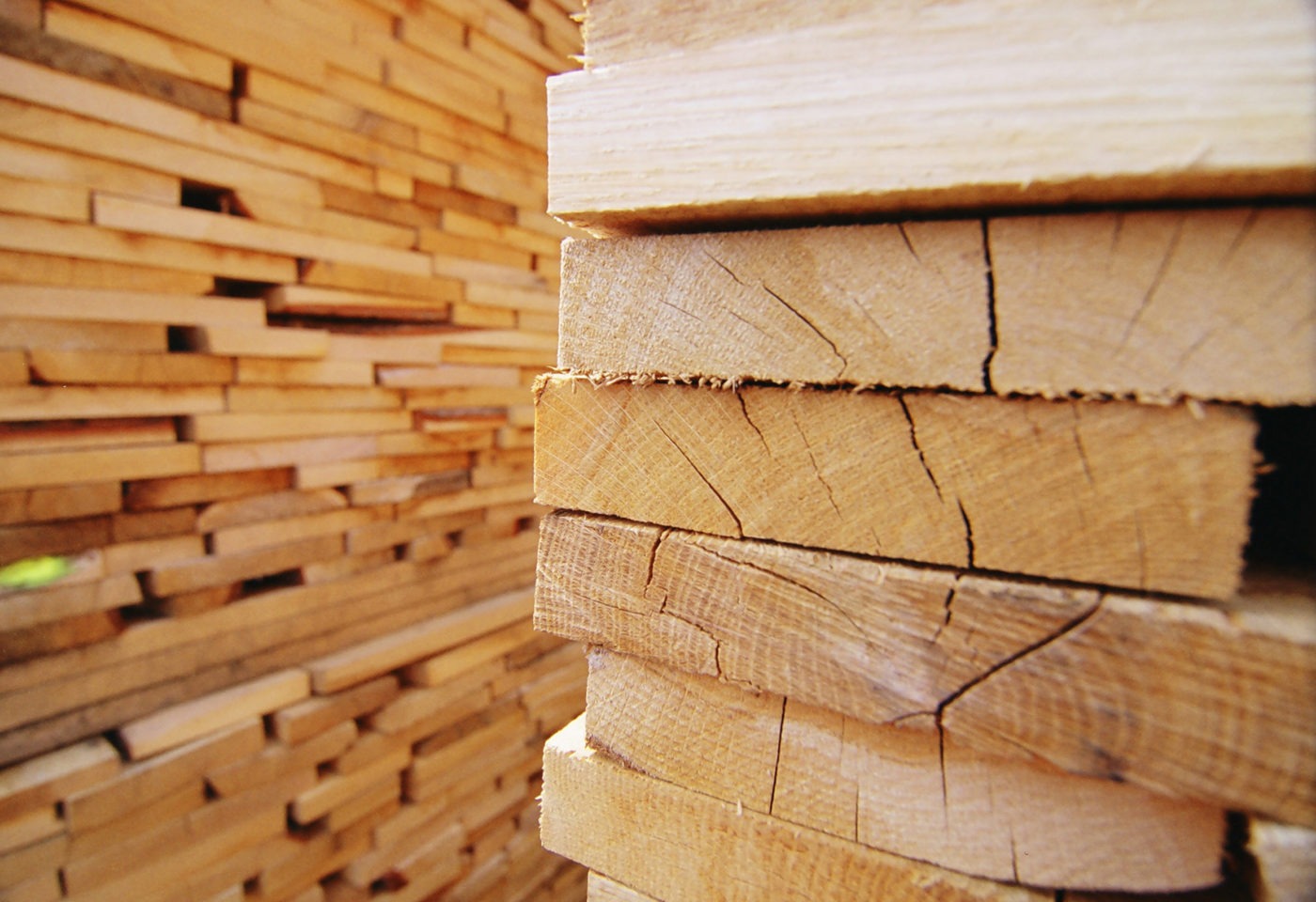This week’s federal budget promised Ottawa is working “towards a new softwood lumber trade agreement that will be fair and helpful to consumers and businesses on both sides of the border (pdf).”
However, the budget contains few measures directed at the industry in the likely event that a new agreement is not reached before the U.S. imposes import tariffs on Canadian softwood lumber products later this year.
The budget pledges close to $10 million per year for four years to “support projects and activities that increase the use of wood as a greener substitute material in infrastructure projects…helping to create new markets for sustainable Canadian products.” This is laudable and the green aspect of Canadian softwood is a marketing strategy that should be ramped up. But, the funding will not start flowing until next year and it is unclear if projects will only be in Canada or also in international markets. Increasing the use of wood in domestic construction is not enough to offset our softwood exports to the U.S.
While the new U.S. administration’s focus on jobs and GDP growth creates an opportunity for Canada to stress the role Canadian softwood lumber plays in that country’s economic prosperity, Ottawa cannot bank on the certainty of getting a new softwood lumber agreement (SLA) or on ending the dispute permanently by including softwood in a re-negotiated NAFTA. We need a plan B: A renewed focus on market diversification for softwood lumber products. The more customers we have, the better position we will be in to pivot exports to other markets instead of paying punishing duties when the U.S. eventually imposes them.
China provides a roadmap for how to build demand for Canadian softwood lumber to become a preferred supplier in a new market. A decade ago, the coinciding housing crisis in the U.S. and economic growth in China provided motivation and opportunity. As the figure below shows, the year the last SLA was signed, less than one per cent of Canada’s softwood lumber exports were shipped to China. Exports rose and peaked at over 21 per cent in 2011, with B.C. as China’s leading supplier. Since 2011, softwood exports to the U.S. have been rising at the expense of exports to China, due to the recovering U.S. housing sector and slowing growth in the Chinese market. However, China remains a strong market and is still Canada’s second destination for softwood products.
!function(e,t,s,i){var n=”InfogramEmbeds”,o=e.getElementsByTagName(“script”),d=o[0],r=/^http:/.test(e.location)?”http:”:”https:”;if(/^/{2}/.test(i)&&(i=r+i),window[n]&&window[n].initialized)window[n].process&&window[n].process();else if(!e.getElementById(s)){var a=e.createElement(“script”);a.async=1,a.id=s,a.src=i,d.parentNode.insertBefore(a,d)}}(document,0,”infogram-async”,”//e.infogr.am/js/dist/embed-loader-min.js”);
The best scenario for Canada is to be a preferred supplier with high demand in multiple markets. While industry must, and is, working hard to establish relationships to grow exports in new markets, there are ways government can support these market diversification efforts.
For example, last year the B.C. budget provided $5 million over three years for the Forestry Innovation Investment Crown corporation to promote Canadian wood in India. India has a practice of building with hardwood, and its rapidly expanding young middle class indicate strong future economic growth.
In parallel to working to secure a new SLA with the U.S., Ottawa can be most helpful on the softwood file by working with the provinces and industry to seriously pursue international market diversification. For example, softwood lumber demand is increasing in countries with growing furniture and packaging sectors, like Vietnam, Thailand and Indonesia. Canada can be competitive in these markets – B.C. is a major supplier of softwood in the Philippines. The major inhibitor to growth in similar markets is the lack of knowledge about Canadian wood products.
– Naomi Christensen is a senior policy analyst at the Canada West Foundation and author of Branching Out: Preparing for life without a Softwood Lumber Agreement.
